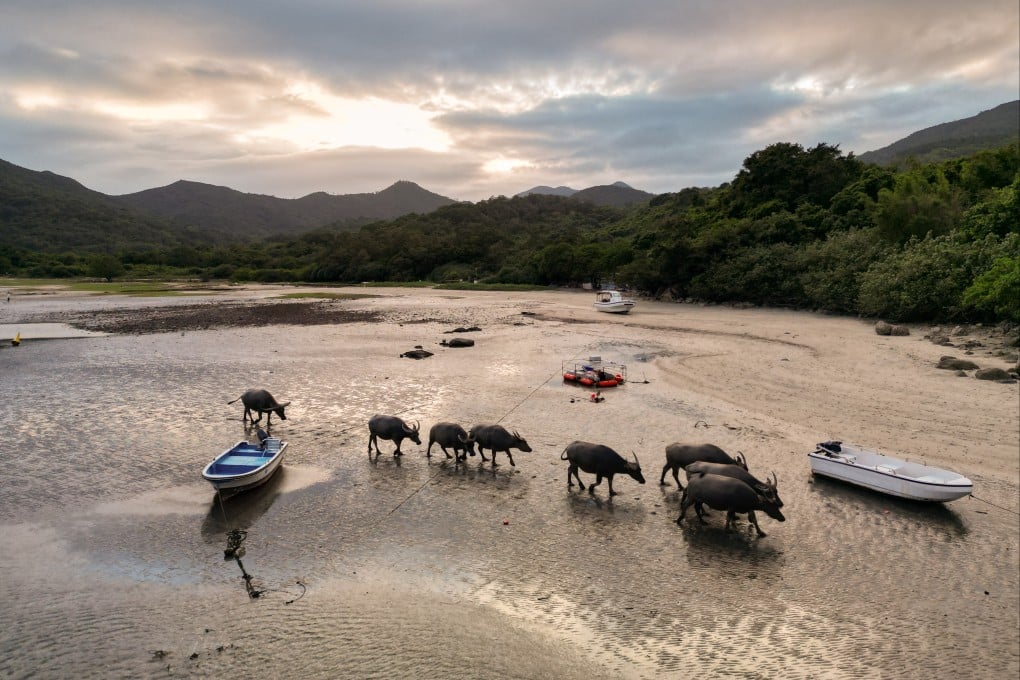Editorial | Balance conservation and development on Hong Kong’s South Lantau
- Ongoing public consultation is an opportunity to create a blueprint that helps the island unleash its potential without overdevelopment

Striking the right balance between conservation and development has long been the challenge facing the Hong Kong government.
This has been made more difficult as the city’s ever-growing appetite for more and better public facilities is held back by greener public awareness and a ballooning budget deficit. The proposal to create an “ecotourism corridor” at South Lantau is the latest example.
Packaged as a recreational initiative to promote environmental protection awareness and the local economy, the project involving construction of beach campsites, chairlifts and a ferry pier has raised eyebrows among conservationists.
The highlights include a new water sports centre at the beach at lower Cheung Sha and an “adventure” holiday site offering rope climbing, uphill chairlifts and accommodation.
Separately, an education centre on ecology and rural culture is to be built in Shui Hau, where endangered Chinese horseshoe crabs are found.
While the government has dismissed worries over the negative impact arising from the proposed new ferry pier in Cheung Sha and other new facilities, it offered to explore crowd-control measures, such as an online reservation system, to “ensure a good travelling experience without damage to the environment”.
